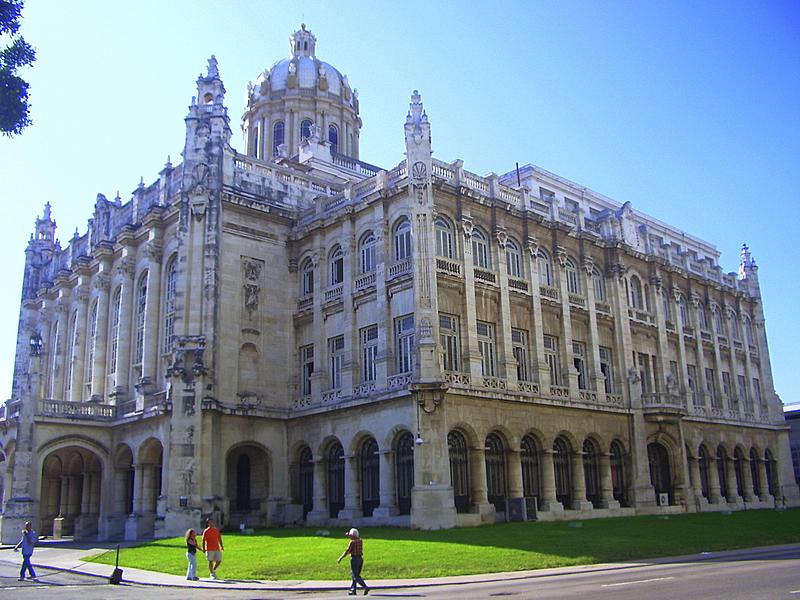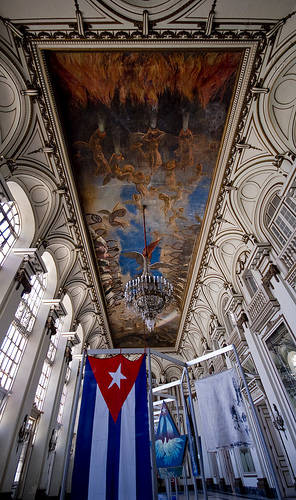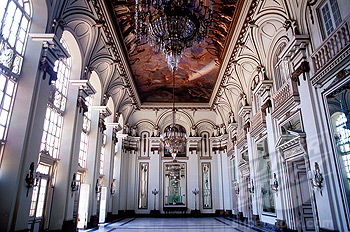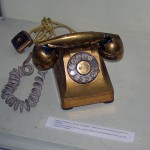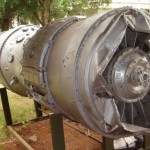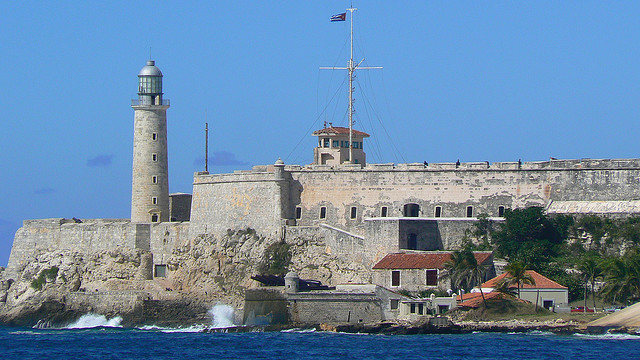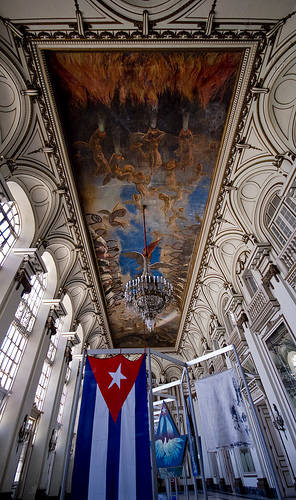CUBA’S PRESIDENTIAL PALACE NOW REVOLUTION MUSEUM HISTORY.
In 1909 Ernesto Asbert general, then governor of Havana, decided to build a new headquarters to house the Provincial Government. The project was designed by the architects Rodolfo Maruri (Cuban) and Paul Belau (Belgian), while the construction phase was assumed by the General Contracting Company.
For its part, the interior was the responsibility of Tiffany Studios. Your floors and stairs are the famous marble of Carrara, Italy. The building, constructed from the canons of eclecticism, consumed for building a budget that exceeded a million and a half pesos.
In 1917 the building had a history of transcendental turn that marked his subsequent fate. Later that year, visited the site of the First Lady of the Republic; Mariana Seva, who was captivated by the magnificence of the building and so privileged location. It did not take more: Mario Garcia Menocal, her husband and President of the country, reached for the legal arguments necessary and stripped the Provincial Government Palace property. In early 1918, everything was arranged for the building located at No.1 Refuge became the Presidential Palace of the Republic of Cuba.
The construction work continued on its course and January 31, 1920 saw the official opening of the Executive Mansion. The work, in all its details, was not completed until the day March 12, 1920.
The building has four floors: the ground floor served to house the dependencies that the main functions, telephone, branch offices, power plant and to the stable, because at the time of the opening was not as widely used in automotive Cuba. The first floor hosted the most important areas of the Palace: Presidential Office, Hall of Mirrors, chapel, and local Golden Hall lies the Council of Ministers. On the second floor was installed in the presidential residence and the last of the garrison was located plants liable to the custody of the presidential mansion.
The building is crowned by a dome covered on the exterior of glazed pottery, in turn, was the highest in the city and is an addition to the Genesis project did not include the construction detail.
The Presidential Palace now converted in the museum’s of Cuban history exhibits are largely devoted to the period of the revolutionary war of the 1950s and the country’s post-1959 history. Portions of the museum are also devoted to pre-revolutionary Cuba, including its War of Independence waged against Spain.
Behind the building lies the Granma Memorial, a large glass enclosure which houses the Granma, the yacht which took Fidel Castro and his revolutionaries from Mexico to Cuba for the revolution. Around the Granma an SA-2 Guideline surface-to-air missile of the type that shot down a U.S. Lockheed U-2 spyplane during the Cuban Missile Crisis, and the engine of the U-2 airplane is displayed. There are also various vehicles and tanks used in the revolution displayed. Near the museum is located an SU-100, a Soviet tank destroyer.
D’Cubanos/Wikipedia/TheCubanHistory.com
THe Cuban History, Hollywood.
Arnoldo Varona, Editor.
PALACIO PRESIDENCIAL CUBANO AHORA CONVERTIDO EN MUSEO DE HISTORIA DE LA REVOLUCION.
En 1909 Ernesto Asbert general, entonces gobernador de La Habana, decidió construir una nueva sede para albergar el Gobierno Provincial. El proyecto fue diseñado por los arquitectos Rodolfo Maruri (Cuba) y Paul Belau (Bélgica), mientras que la fase de construcción fue asumido por la empresa contratista general.
Por su parte, el interior era responsabilidad de Tiffany Studios. Sus suelos y escaleras son el famoso mármol de Carrara, Italia. El edificio, construido a partir de los cánones del eclecticismo, consume para la construcción de un presupuesto que supera pesos al millón y medio.
En 1917 el edificio tenía un historial de giro trascendental que marcó su destino posterior. Más tarde ese año, visitó la sede de la Primera Dama de la República; Mariana Seva, que fue cautivado por la magnificencia del edificio y la ubicación tan privilegiada. No pasó mucho más: Mario García Menocal, su marido, y el presidente del país, alcanzó los argumentos legales necesarios y despojado de la propiedad Provincial Palacio de Gobierno. A principios de 1918, todo estaba arreglado para el edificio situado en el número 1 Refugio se convirtió en el Palacio Presidencial de la República de Cuba.
Los trabajos de construcción continúa en su curso y 31 de enero 1920 tuvo lugar la inauguración oficial de la mansión ejecutiva. La obra, en todos sus detalles, no se completó hasta el día 12 de marzo 1920.
El edificio consta de cuatro plantas: la planta baja sirve para albergar las dependencias que las principales funciones, teléfono, sucursales, plantas de energía ya la estabilidad, ya que en el momento de la apertura no fue tan ampliamente utilizados en Cuba automotriz. La primera planta fue sede de los ámbitos más importantes de Palacio: Oficina de la Presidencia, Salón de los Espejos, capilla y locales Salón Dorado se encuentra el Consejo de Ministros. En la segunda planta se instaló en la residencia presidencial y el último de la guarnición estaba situado plantas susceptibles a la custodia de la mansión presidencial.
El edificio está coronado por una cúpula cubierta en el exterior de la cerámica vidriada, a su vez, fue el más alto de la ciudad y es una adición al proyecto Génesis no incluye el detalle de la construcción.
El Palacio Presidencial ahora convertida en el museo de de exposiciones de historia de Cuba se dedica en gran parte a la época de la guerra revolucionaria de la década de 1950 y después de 1959 la historia del país. Las porciones de la museo también se dedican a la pre-revolucionaria Cuba, incluyendo su Guerra de Independencia librada contra España.
Detrás del edificio se encuentra el Memorial Granma, una caja grande de vidrio que alberga el Granma, el yate que se llevó a Fidel Castro y sus revolucionarios de México a Cuba para la revolución. Alrededor del Granma un misil SA-2 Guía de superficie-aire del tipo que derribó un avión espía U-2 estadounidense Lockheed durante la crisis de los misiles de Cuba, y el motor del avión U-2 se muestra. También hay varios vehículos y tanques utilizados en la revolución visualizada. Cerca del museo se encuentra un SU-100, un destructor de tanques soviéticos.
D’Cubanos / Wikipedia / TheCubanHistory.com
La historia de Cuba, de Hollywood.
Arnoldo Varona, Editor.



